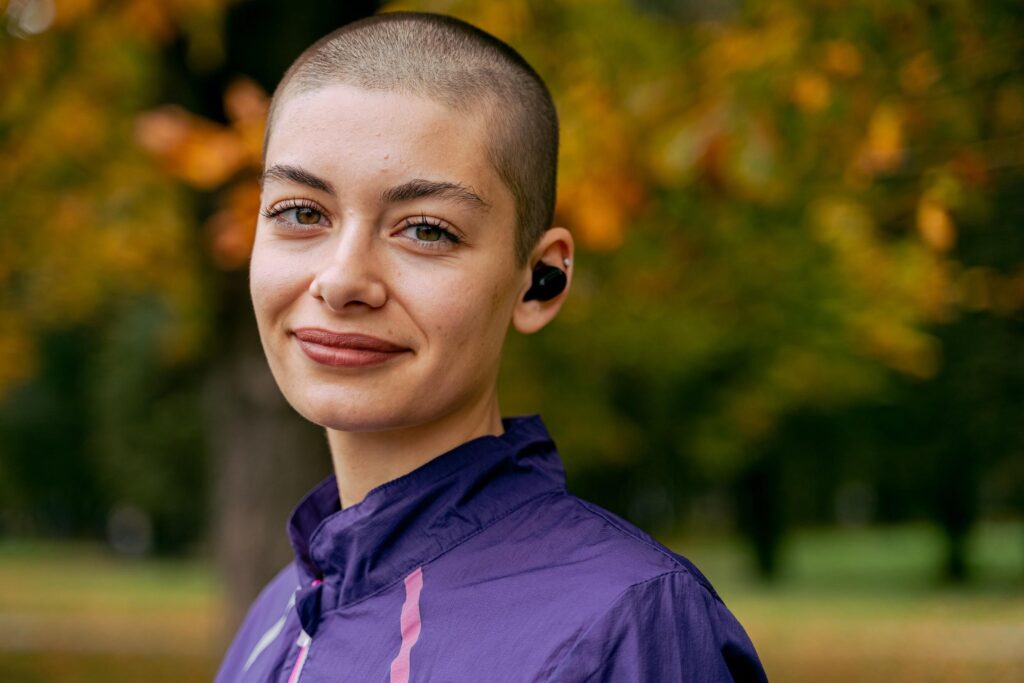You can experience blocked hair follicles when there is a clog in the skin in your hair shafts. When these hair follicles get blocked, many people tend to stop producing new hair. However, this isn’t something you should panic about because you can easily reactivate hair follicles.
There are a lot of ways you can reactivate dying hair follicles. Some of these methods are orthodox, while the others are not. Read on to know which hair follicle reactivation method will work best for you.
Key Takeaways
There are a lot of ways through which you can reactivate hair follicles. The most common ones include:
- Massage the scalp frequently.
- Use aloe vera and Aloe Vera hair products.
- Apply rosemary oil.
- Opt for laser surgery.
- Go on hair reactivation supplements.
If you try out any hair follicle reactivation methods, you’re sure to get your hair follicles on balance.
Note: you have to seek professional advice before opting for laser surgery.
Why is My Hair Follicles Dying?
Before delving into how to reactivate hair follicles, we should first look at what causes dying hair follicles.
There are a lot of conditions that lead to dying hair follicles. Examples are:
Hereditary Diseases
Many people suffer certain hereditary conditions that lead to the death of their hair follicles. People who suffer from such diseases can often be diagnosed at a very early stage. An example of such a disease is Alopecia areata.
Although many people have argued that alopecia isn’t genetic, much research has proven it.
Damaged Hair Roots
There are a lot of activities people carry out that can subsequently lead to damaged hair Roots. If you continuously use hard and high acidic products on hair, it may damage your roots. Hence, this leads to death in your hair follicles. At this point, many people begin to suffer a lot of irritations until they try to reactivate hair follicles.
Unavailability of Stem Cells
Some people suffer a deficiency that makes their stem cells not develop correctly. Most times, these stem cells’ absence or improper growth results from iron deficiency.
Before you begin to suffer dying hair follicles, you may experience certain symptoms. These symptoms can differ from person to person. Moreover, many people suffer the loss of hair follicles due to bad hair routines. Since everyone cannot have the same hair routine, it is normal to suffer from different symptoms.
However, the most common symptoms of dying hair follicles are:
- Pores on the head. (they’re mostly pimple-like).
- Scalp itching.
- Frequent hair falling off.
How to Reactivate Hair Follicles

If you ever find yourself in a situation where you’re losing hair follicles, then try one of these hair follicle reactivation methods:
Use Minoxidil and Finasteride
The Minoxidil and finasteride combination has proven effective in reactivating hair follicles. It is applied to the hair to enhance follicle growth and keep the hair healthy. However, many people dislike this medication because you must keep taking it indefinitely. Its side effects are minimal, but you should still see a professional before taking it.
Ginseng Supplements
Ginseng Supplements can do an excellent job at reactivating lost hair follicles. Many pharmacies and supermarkets sell a lot of these supplements. Before purchasing them, ensure you’re not allergic to any components/ingredients.
Aloe Vera Treatment
For a very long time, aloe vera has been top of the list of natural products people use to reactivate hair follicles. This is because anyone barely experiences any side effects. Consequently, industries have taken it up to process the aloe vera and produce therapeutic hair follicle reactivation products.
What Aloe Vera does is it reduces the excess oil your scalp produces and helps ward off dandruff. Apply the pure aloe Vera gel to your scalp four times a week for effective results.
Also, you can buy aloe vera-based shampoo and conditioner.
Onion Juice Therapy
Onion juice has been rumored to carry a substance that can relieve dying hair follicles. You can make a hair mask off the blended onions or squeeze out the juice with a juicer. Nevertheless, you can still go in with scented aloe vera shampoo to help alleviate the bad smell from the onion.
Laser Surgery
Research has it that low-level laser surgery can help reactivate hair follicles. Results are said to be noticed around 24 weeks after the surgery. Before opting for this surgery, ensure you get it done with professionals.
These are great hair follicle reactivation methods; however, never forget to ask for professional advice. Avoid using beauty soaps to wash your hair, and avoid changing your hair products too frequently.
Conclusion
You can reactivate your hair follicles naturally or use various medications as the case may be. However, you must not forget to always check with your doctors and stay intentional with your routine medical check-ups. This way, you can easily reactivate hair follicles that died off.
What do you think about this article? Do you find these tips to help with reactivating hair follicles helpful? Let’s hear your thoughts in the comments.



